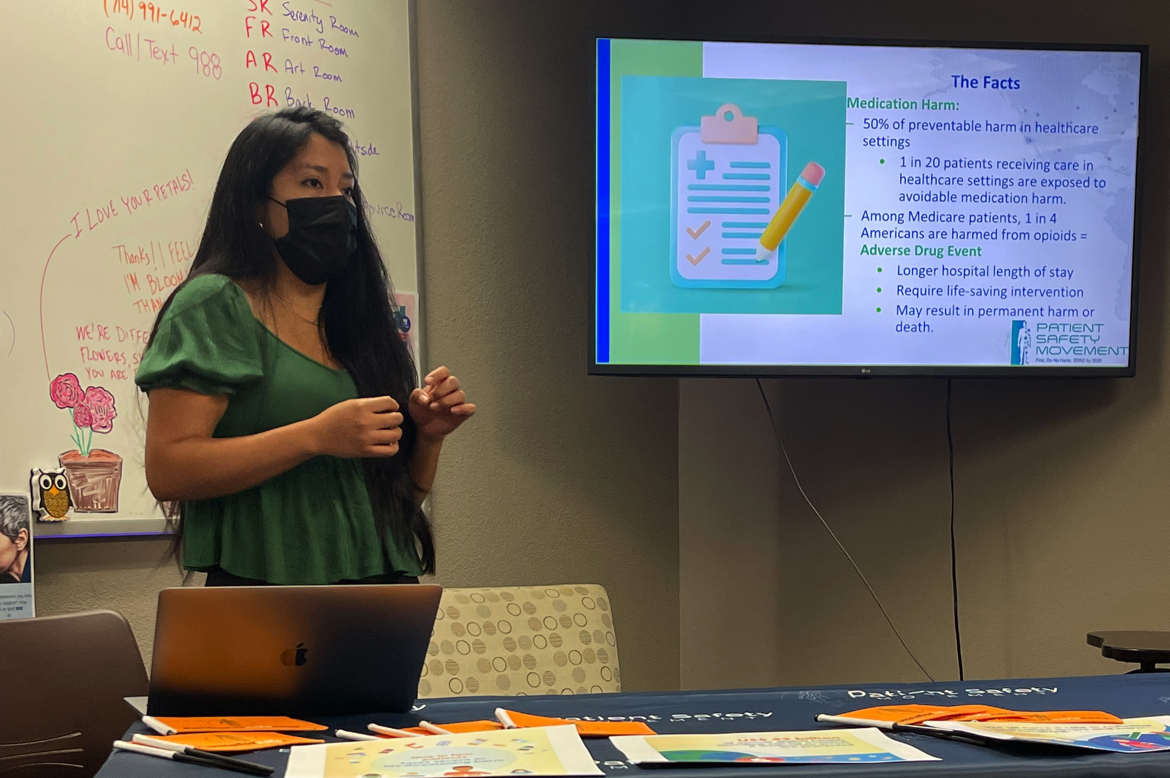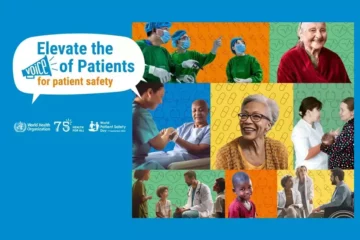Communication problems in healthcare do not have a single origin. They are a compilation of several gaps in communication between healthcare providers and patients. Communication between frontline members is vulnerable to communication mistakes due to differences in power and hierarchy statuses in healthcare that inhibits transparent communication. There are also issues of frame of reference due to dealing with a multitude of people from different educational and personal backgrounds.
There is a disparate awareness about the prevalence of communication problems occurring during surgical operations among varying medical professionals. For example, a study found that surveyed anesthetists remained unaware of commonly reported communication mistakes present in surgical room settings (Manser et al., 2013). This shows an organizational gap in leadership that fails to highlight the impact of communication problems occurring in operating room settings and when providing patient care during postoperative handoff exchanges. Given the wide number of medical specialties available in healthcare institutions, it is not difficult to imagine why there is a disconnect among individuals based on their widely different frames of references.
Each medical specialty has different communication expectations which are expressed differently based on their particular medical domain. For example, in emergency room settings there are critical time pressures to make swift decisions to protect patients’ health from immediate threats. Specific specialties such as anesthetists, workflows and communication with the patients are narrowly focused on certain aspects of the patient’s care as it relates to an anesthetist’s specific skills, educational background, and medical demands (Lee & Safran, 2019). Being one of my mom’s caretakers during her battle with cancer showed me different communication styles among medical professionals of different medical specialties.
Communication styles vary widely between physicians oriented towards providing personal family care and management for chronic conditions and surgeons’ whose principal priority is scheduling surgical appointments to give patients greater odds of surviving surgical threats. Based on their different needs, patients and physicians have formed different priorities and have learned to employ distinct communication styles to meet the demands required by their priorities. Trading personal patient-care that is caring and empathetic in order to address health problems directly without affective distractions fuels the disconnect between patients and physicians due to their different frame of references in communication exchanges.
The cost of poor communication is patient safety. Patient outcomes are sacrificed when comprehensive communication is not exercised. The robust nature of hospital workflows requires the development of standardized written communication tools for patients and physicians. Doing this will improve communication in the age of telehealth where electronic-based forms of communication are a greater part of a patient’s experiences. Utilizing standardized forms of written communication throughout telehealth settings benefits effective communication when discussing electronic health record information with patients. Specifically, within hospital workflows there must be a greater emphasis on utilizing communication tools such as I-PASS or SBAR communication by both sender and receiver.
Continuous improvement in healthcare starts with good communication in the clinical space by involving family members and caregivers. By incorporating their perspectives, we can increase dialogue and produce good communication. Using structured tools to aid good communication throughout electronic health records provides patients with an opportunity to be engaged in their care management and increase positive patient outcomes. Furthermore, involving healthcare members from high positions of power and status such as healthcare leaders and surgeons sets a precedent for good communication and teamwork that patients and their family members may follow to promote a culture of openness and safety.
Patients engaged with their care and participating in the care process play a critical role in ensuring positive patient outcomes by fostering effective teamwork and communication exchanges. Common and preventable sources of communication problems within healthcare institutions must be identified to create a working environment for frontline staff to facilitate effective communication with patients and their families.
Across all professional and interpersonal domains, communication is an integral part of successful relationships. Kaiser Permanente recognized the need for healthcare workers to engage in good doctor-patient relationships as a part of ensuring positive patient outcomes. The program is called “The Four Habits of Highly Effective Doctors” which emphasizes the importance of rapport building in doctor-patient interactions to promote empathetic communication (Stein et al., 2016). Implementing cooperative communication where patients can discuss health concerns from their point of view and identify personal goals facilitates a patient-centered approach to healthcare. Empathetic communication is a tool in bridging the dissonance between professional physician responsibilities and personal priorities of patients.
References
Lee, Thomas H., McGlynn, Elizabeth A., Safran, Dana G. A framework for increasing trust between patients and the organizations that care for them. JAMA. 2019;321(6):539–540.
Manser, Tanja, Foster, Simon, Flin, Rhona, Patey, Rona. Team communication during patient handover from the operating room: more than facts and figures. Human Factors. 2013;55(1):138-156.
Terry, Stein, Krupat, Edward, Frankel, Richard M. The four habits model. Clinician Patient Communication. 2016. 1-25.





